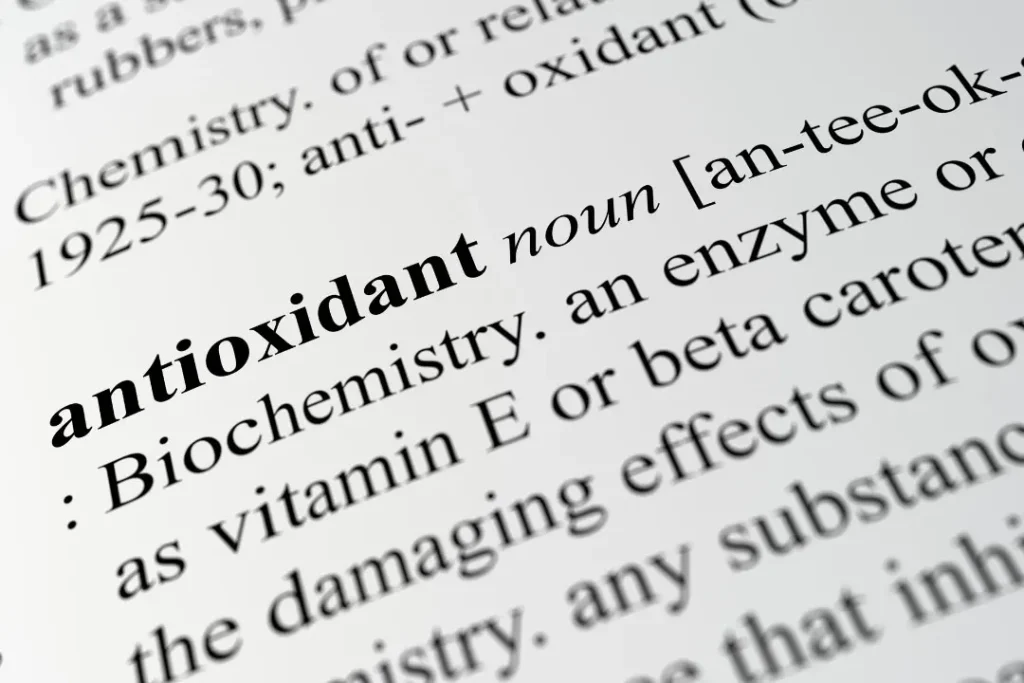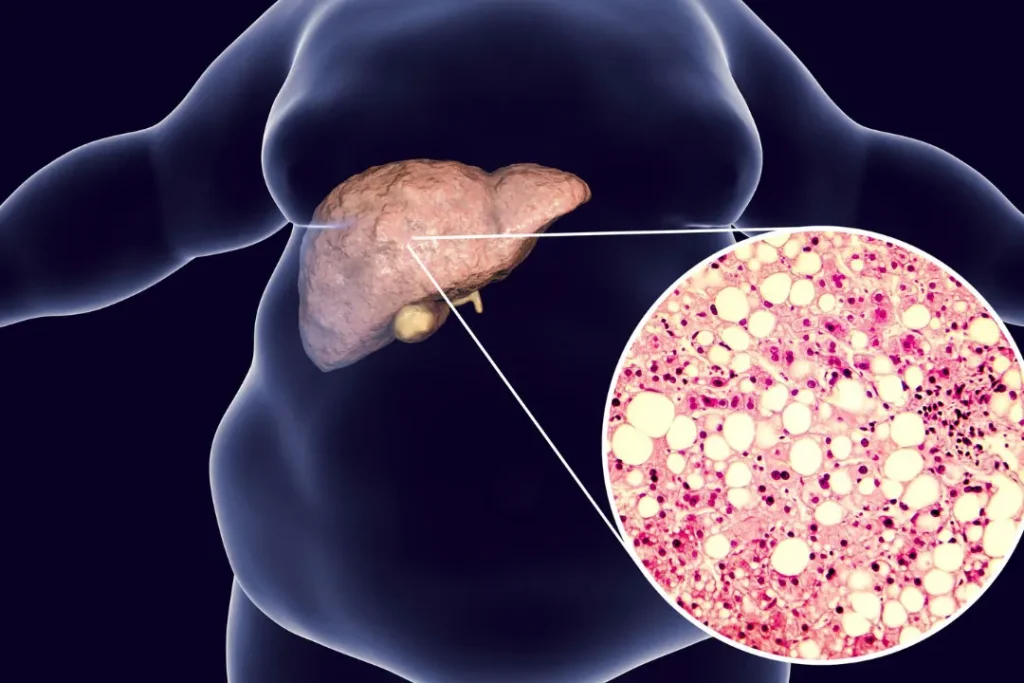The fringetree (Chionanthus virginicus), a deciduous shrub native to the Eastern United States, has attracted increased interest from the natural health community. Scientific research has been driven by its long-standing usage in Native American herbal medicine to confirm its therapeutic potential and identify the chemical bases of its health advantages. This article explores the properties of fringetree, as well as its potential health advantages, ideal dose, side effects, and interactions. Additionally, this article offers a thorough investigation of its chemical components and the physiological mechanisms underlying its impact on the body and brain.
You May Also Like:
The 7 Most Powerful Huperzine A Brain Benefits
Discover The Power of Omega 3 Brain Repair For Optimal Mental Function
Fringetree: Benefits, Dosage, Side Effects, Drug Interactions, and Other Important Information is an original (NootropicsPlanet) article.
The Nature of Fringetree
The fringetree, often called “old man’s beard“, is a tiny tree or shrub that blooms in late spring with fluffy, white flowers. Despite its remarkable look, it has a complicated molecular structure that underlies its therapeutic promise. In fringetree, flavonoids, triterpenoids, and phenolic acids are the main bioactive components. From antioxidant and anti-inflammatory properties to possible neuroprotective and hepatoprotective effects, each class of chemicals provides unique health advantages.
Health Benefits of Fringetree
The wide-ranging bioactive substances in fringetree contribute to its variety of health advantages. Since oxidative stress is a major cause of aging and many chronic illnesses, the flavonoids in the environment act as strong antioxidants to defend cells. Additionally, these substances have the potential to be anti-inflammatory, which can lessen the physiological reactions that result from inflammation.
Triterpenoids, a key component of fringetree, have been found to exhibit a range of biological actions. Some of them have hepatoprotective properties, which promote the health of the liver. Fringetree’s phenolic acids have neuroprotective properties that protect the brain from degenerative disorders.

Chemistry of Fringetree
The chemical components of fringetree, including flavonoids, triterpenoids, and phenolic acids, are principally responsible for the plant’s therapeutic properties. The medicinal properties of the plant are attributed to these chemicals, which have unique chemical structures and bioactivities. For instance, the presence of numerous phenolic hydroxyl groups in flavonoids contributes to their anti-inflammatory and antioxidant properties.
Squalene, a triterpene that is the biological ancestor of all steroids, is the source of the broad and structurally varied class of natural compounds known as triterpenoids. They have hepatoprotective effects because they affect how certain genes related to liver metabolism are expressed.
Numerous health advantages, including neuroprotective properties, have been associated with phenolic acids, which are frequently found in fringetree as complex esters or glycosides. One of the main clinical characteristics of many neurodegenerative disorders, the aggregation of misfolded proteins, can be inhibited by these substances.
Physiological Properties of Fringetree
The bioactive ingredients in fringetree work through many different physiological processes to affect the body. For instance, flavonoids’ antioxidant activity shields cells from oxidative damage by scavenging free radicals and boosting the body’s natural antioxidant defenses.
Triterpenoids may have hepatoprotective effects by altering the activity of liver enzymes, decreasing hepatic tissue inflammation, and promoting liver regeneration.
By lowering the amount of oxidative stress in the brain, preventing the accumulation of misfolded proteins, and altering brain-derived neurotrophic factor (BDNF), a protein that promotes the survival of existing neurons and the growth of new ones, phenolic acids can have neuroprotective effects.
Despite the fact that fringetree is a promising natural supplement with a range of health advantages, further investigation is required to fully understand its therapeutic potential and set standards for its safe and efficient usage. Use fringetree under your healthcare professional’s supervision until further research has been done.

Optimal Dosage of Fringetree
The ideal dose of fringetree can vary depending on a number of variables, including your particular health condition, general health state, age, and body weight. There are currently no detailed dose recommendations due to the dearth of research. However, medical professionals frequently advise starting with a smaller dose and increasing it while under their care.
Side Effects of Fringetree
While fringetree can provide a number of health advantages, it also has some drawbacks. Some people can have stomach distress, including nausea, diarrhea, or discomfort. Before beginning or modifying any regimen, it is crucial to take these factors into account and speak with your healthcare professional.

Potential Substance Interactions with Fringetree
Fringetree can interact with different substances, including prescription drugs, as a result of its diverse phytochemical composition. For instance, it could conflict with drugs that the liver is supposed to be processing due of its possible hepatoprotective properties. Additionally, when coupled with other supplements or drugs that have comparable effects, its potential anti-inflammatory and antioxidant abilities can have synergistic effects or unanticipated side effects.
Best Responsible Use of Fringetree
It is important to remember the important elements while using fringetree as a dietary supplement. Foremost, it is crucial to have a clear grasp of the advantages and disadvantages. As previously discussed, although fringetree has potential therapeutic advantages, it can also have negative side effects, the most common one being stomach discomfort. Therefore, it is advised to start with a low dose and watch for any negative responses.
You must also think about the potential interactions it could have with other drugs. Due to its ability to affect inflammatory processes and interfere with liver metabolism, fringetree can interact with drugs that work through related mechanisms. To prevent negative interactions, it is crucial to let your healthcare practitioner know about any supplements or prescriptions you are taking concurrently.

Fringetree:
Conclusion
Fringetree can provide many health advantages, but little research has been done on it as of currently. If you are interested in taking a natural supplement for your liver health, fringetree may be right for you, but make sure you talk to your doctor about trying ot first. Fringetree should be used with caution , especially if you are an expectant or nursing mother or have any other chronic health disorders, due to the paucity of comprehensive scientific study. If you have any of these conditions, it is advised to avoid taking fringetree altogether or to use it under close physician care until more complete safety data are available.
References:
- Triterpenoids as new promising anticancer drugs. Retrieved From: https://academic.oup.com/annonc/article/20/11/1731/173480
- fringe tree plant, Chionanthus genus,link:https://www.britannica.com/plant/fringe-tree
- White Fringetree, Fringe Tree, Snowflower Tree, Flowering Ash, Old Man’s Beard, Grandfather Graybeard, Grancy Graybeard.link:https://www.wildflower.org/plants/result.php?id_plant=chvi3
Important Note: The information contained in this article is for general informational purposes only, and should not be construed as health or medical advice, nor is it intended to diagnose, prevent, treat, or cure any disease or health condition. Before embarking on any diet, fitness regimen, or program of nutritional supplementation, it is advisable to consult your healthcare professional in order to determine its safety and probable efficacy in terms of your individual state of health.
Regarding Nutritional Supplements Or Other Non-Prescription Health Products: If any nutritional supplements or other non-prescription health products are mentioned in the foregoing article, any claims or statements made about them have not been evaluated by the U.S. Food and Drug Administration, and such nutritional supplements or other health products are not intended to diagnose, treat, cure, or prevent any disease.


